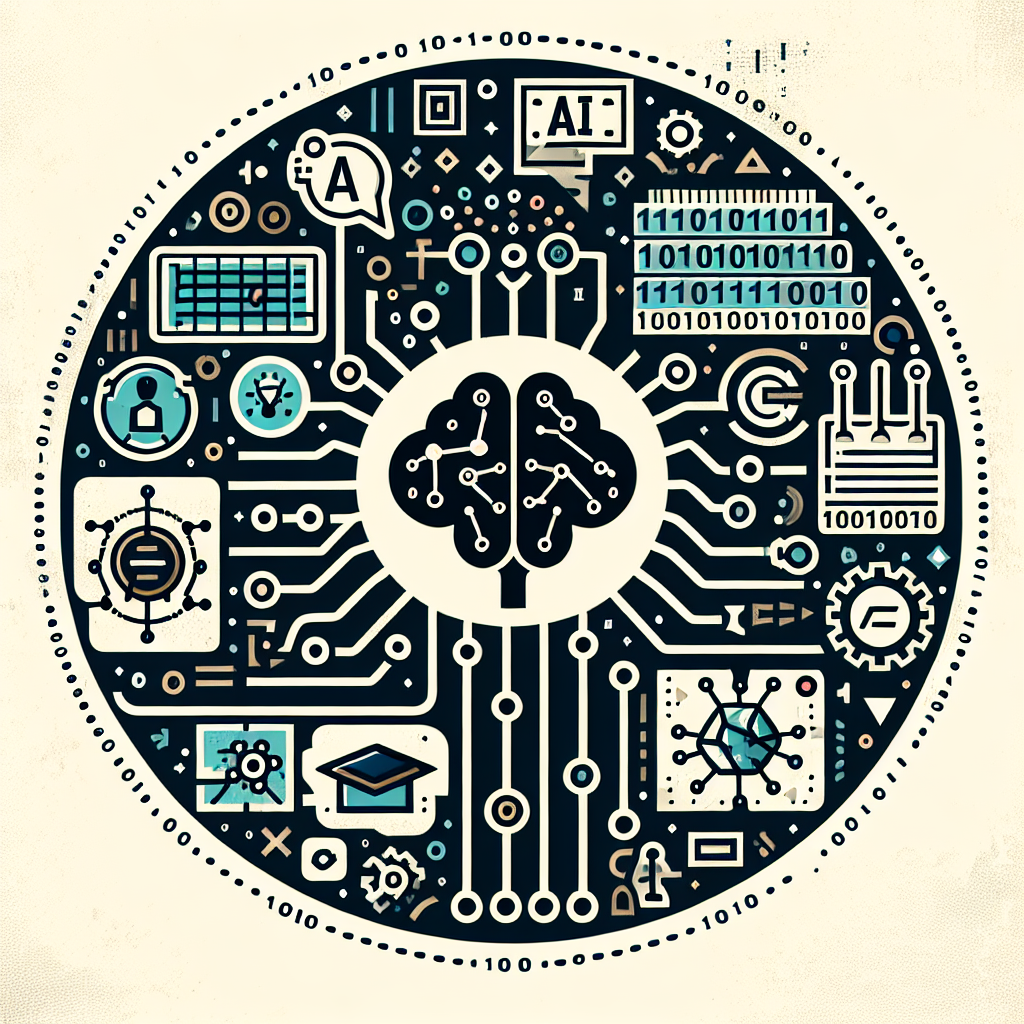Generative AI technology is a cutting-edge field of artificial intelligence that is revolutionizing the way we create content, generate new ideas, and even solve complex problems. This technology is based on the idea of using algorithms to generate new data, images, music, or text that is similar to the input data it has been trained on. In this beginner’s guide, we will explore the basics of generative AI technology, how it works, its applications, and some common FAQs.
How does generative AI technology work?
Generative AI technology works by using neural networks to learn patterns in data and then generate new data based on those patterns. These neural networks are trained on large datasets of information, such as images, text, or music, to learn the underlying patterns and relationships in the data. Once the neural network has been trained, it can then generate new data that is similar to the input data it has been trained on.
There are several different types of generative AI models, including generative adversarial networks (GANs), variational autoencoders (VAEs), and transformer models. Each of these models has its own strengths and weaknesses, but they all work on the same basic principle of learning patterns in data and generating new data based on those patterns.
What are the applications of generative AI technology?
Generative AI technology has a wide range of applications across various industries, including art, design, music, and even healthcare. Some common applications of generative AI technology include:
1. Image generation: Generative AI technology can be used to generate realistic images of people, objects, or scenes. This can be useful for creating new artwork, designing virtual environments, or even generating realistic images for use in advertising.
2. Text generation: Generative AI technology can also be used to generate new text based on existing data. This can be useful for creating new stories, articles, or even generating new code for software development.
3. Music generation: Generative AI technology can be used to generate new music based on existing songs or musical patterns. This can be useful for creating new compositions, generating background music for videos, or even assisting musicians in the creative process.
4. Healthcare: Generative AI technology can also be used in healthcare to generate new drug compounds, predict disease outcomes, or even assist in medical imaging analysis.
What are some common FAQs about generative AI technology?
1. Is generative AI technology the same as artificial intelligence?
Generative AI technology is a subset of artificial intelligence that focuses on generating new data based on patterns in existing data. While generative AI technology uses neural networks and other AI techniques, it is specifically focused on the creative aspect of AI rather than tasks such as classification or prediction.
2. How is generative AI technology different from traditional programming?
Traditional programming involves writing explicit instructions for a computer to follow, while generative AI technology learns patterns in data and generates new data based on those patterns. This means that generative AI technology can be used to create new content or solve problems in a more creative and flexible way than traditional programming.
3. Are there any ethical concerns with generative AI technology?
Generative AI technology raises several ethical concerns, including issues around data privacy, bias in the generated content, and the potential misuse of the technology for malicious purposes. It is important for developers and users of generative AI technology to be aware of these concerns and take steps to mitigate them.
In conclusion, generative AI technology is an exciting and rapidly evolving field of artificial intelligence that has the potential to revolutionize the way we create content, generate new ideas, and solve complex problems. By understanding the basics of generative AI technology, its applications, and some common FAQs, beginners can start to explore the possibilities of this groundbreaking technology and its potential impact on the world around us.

